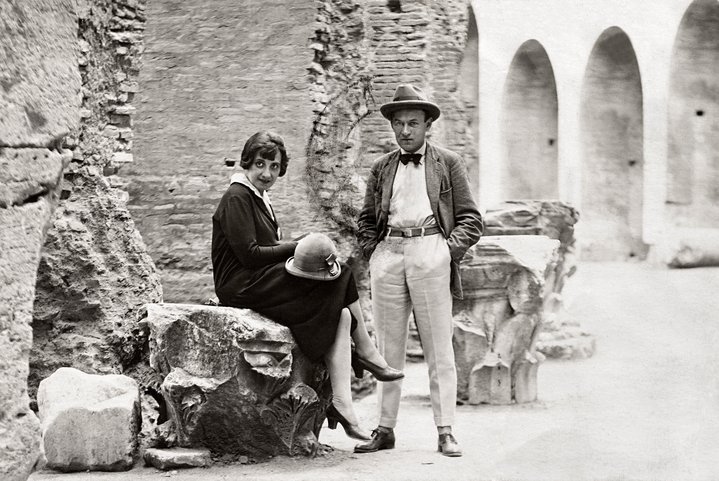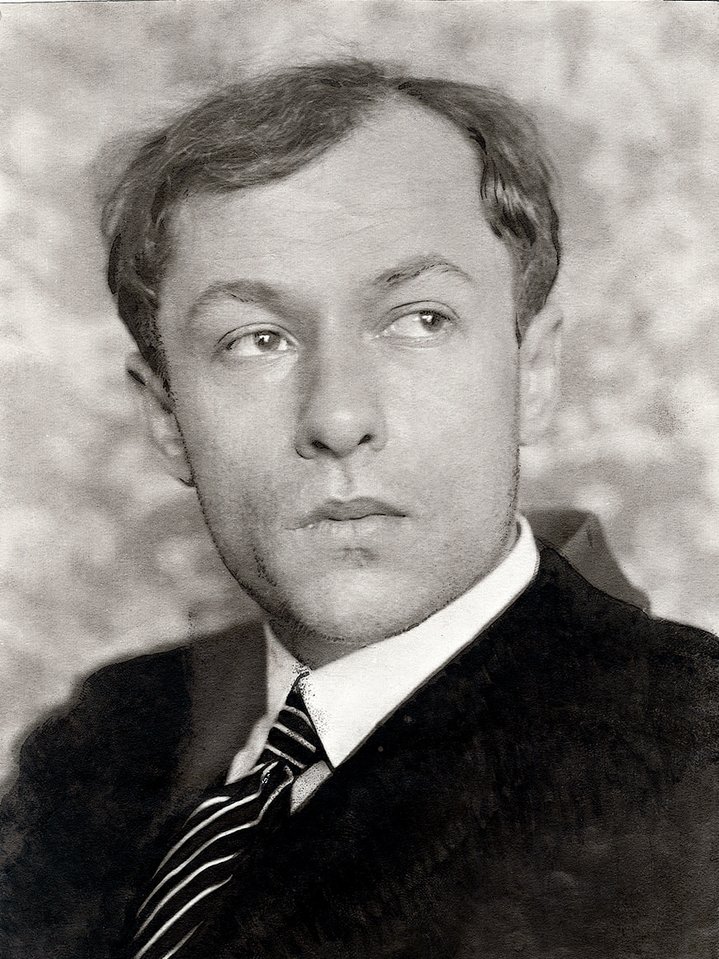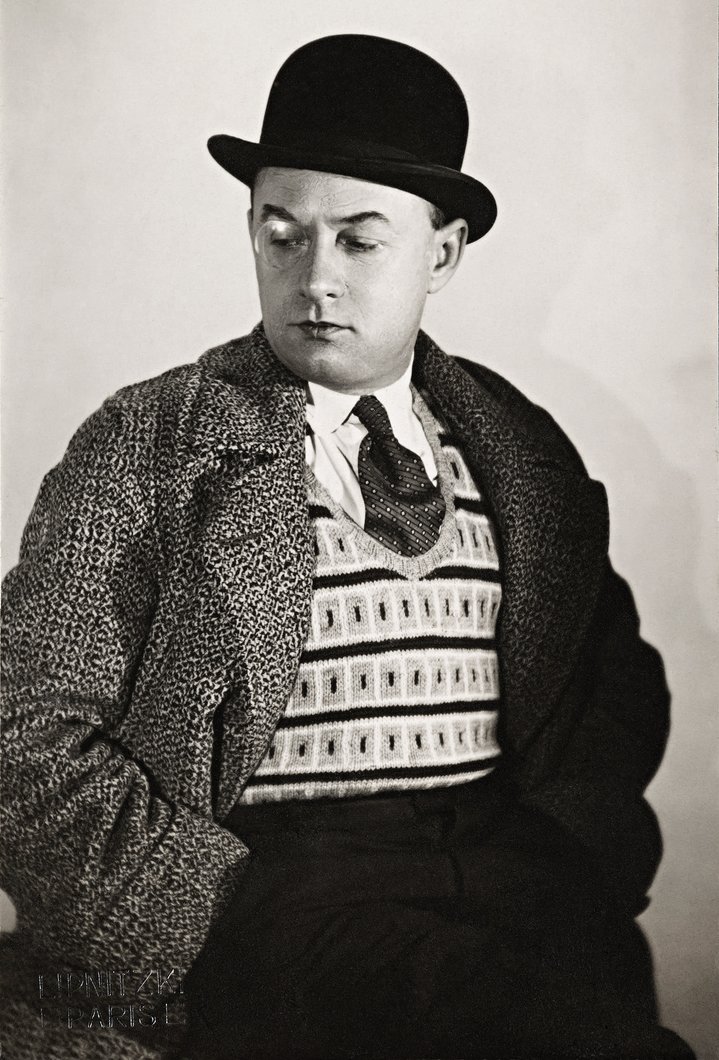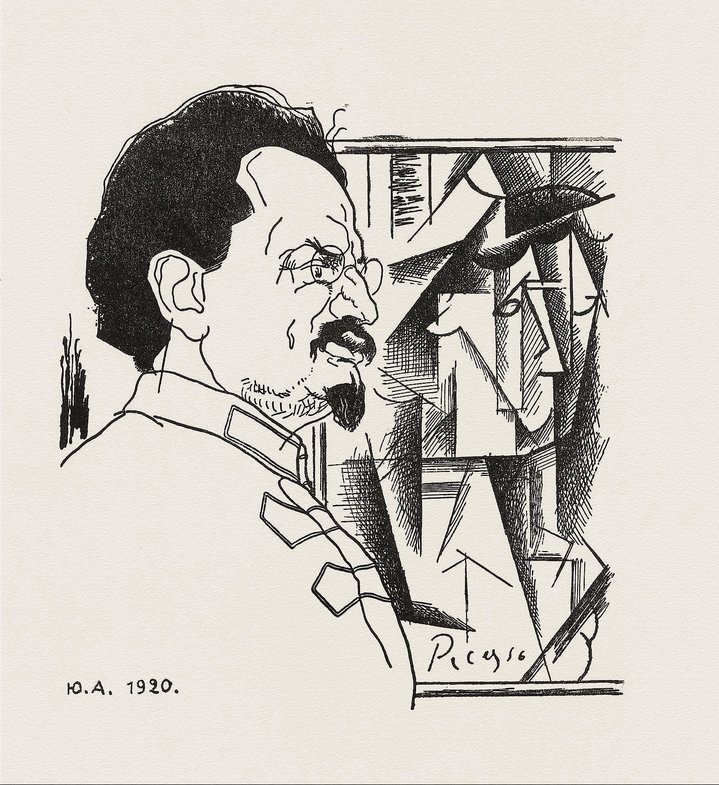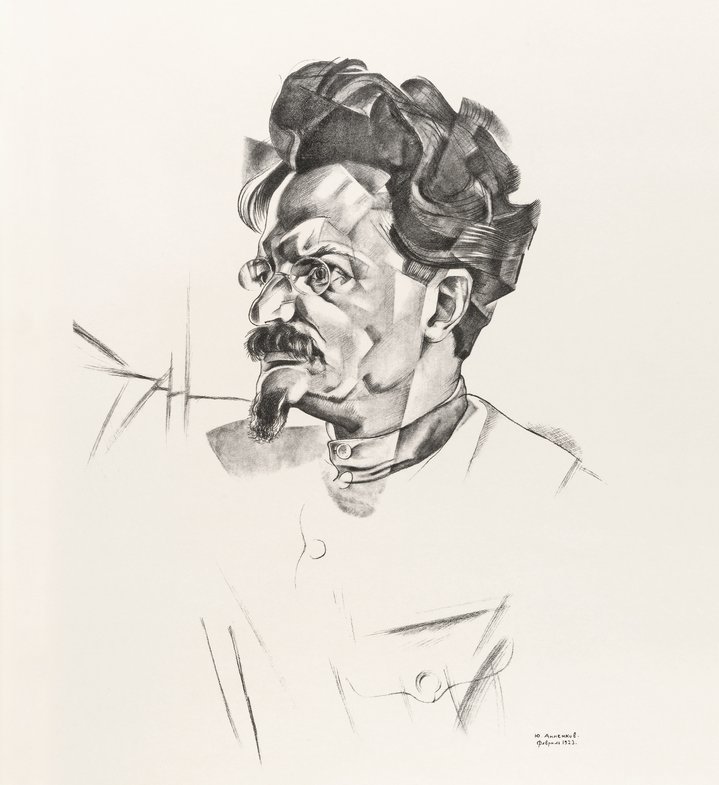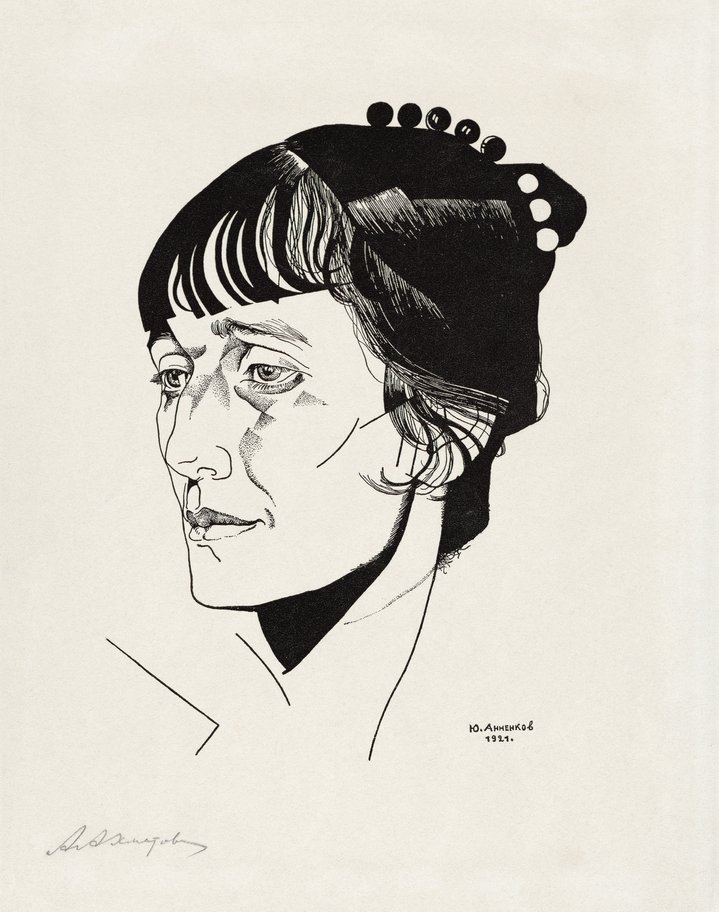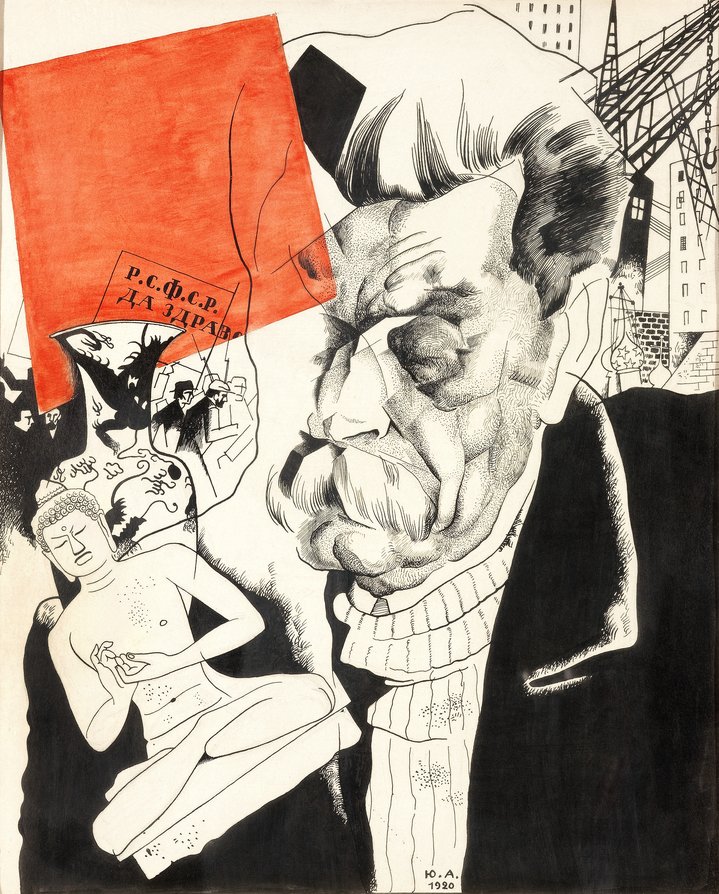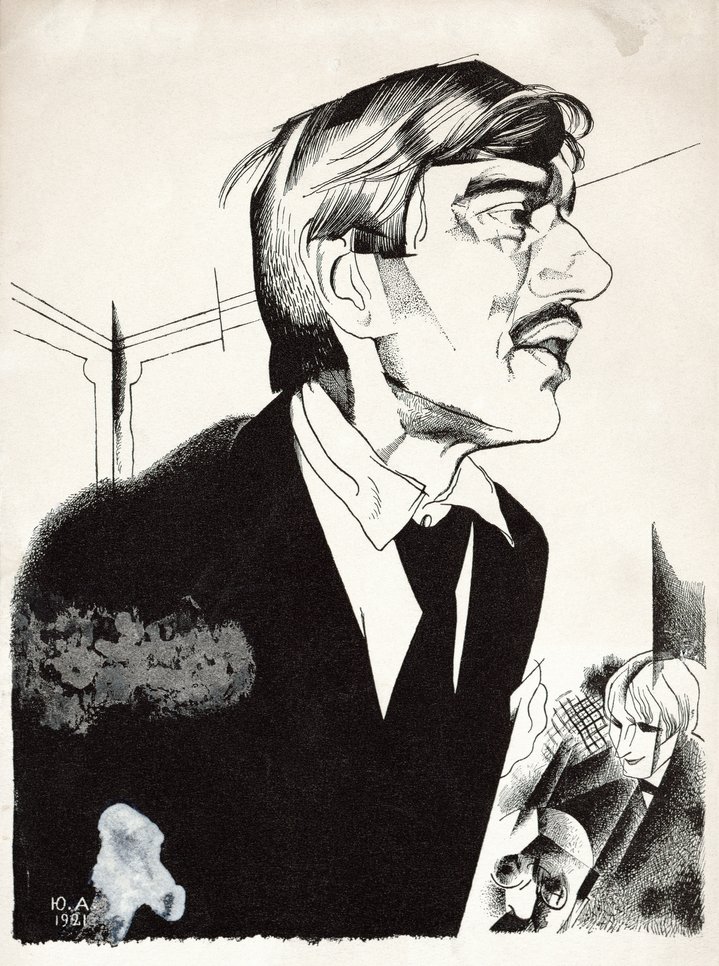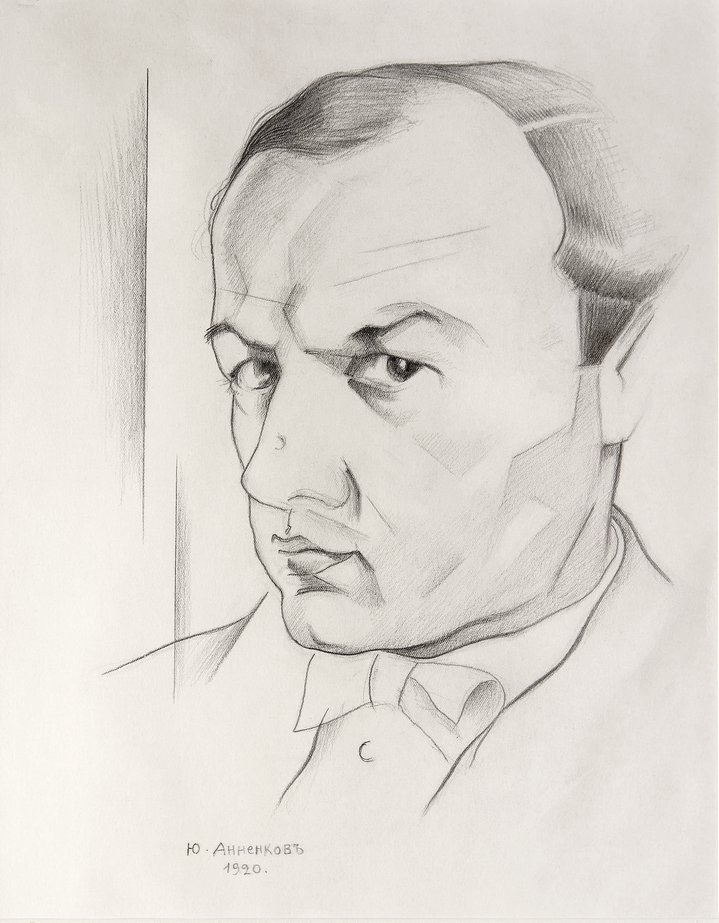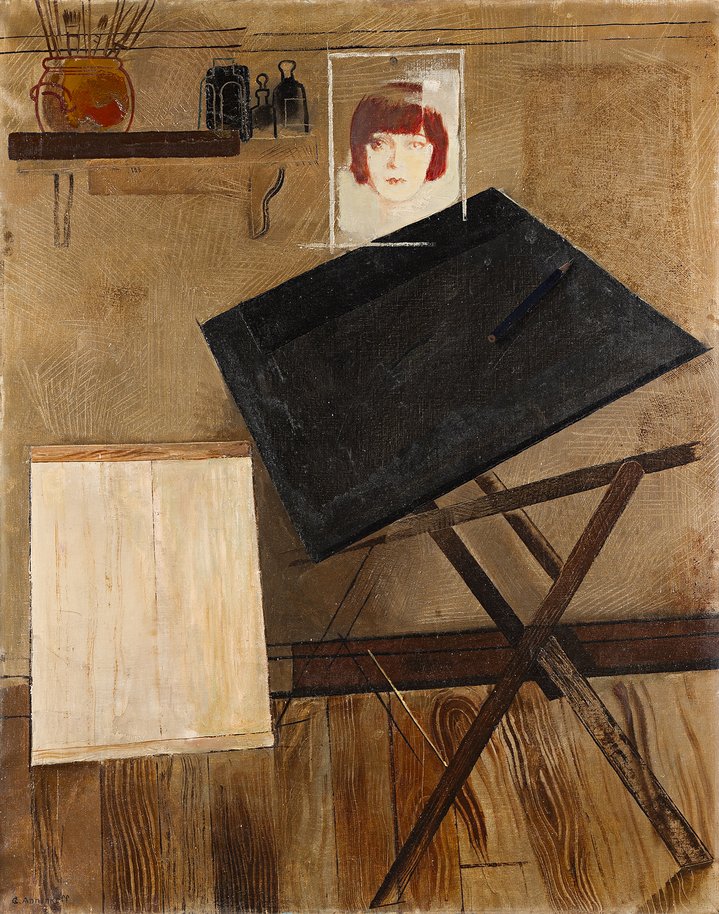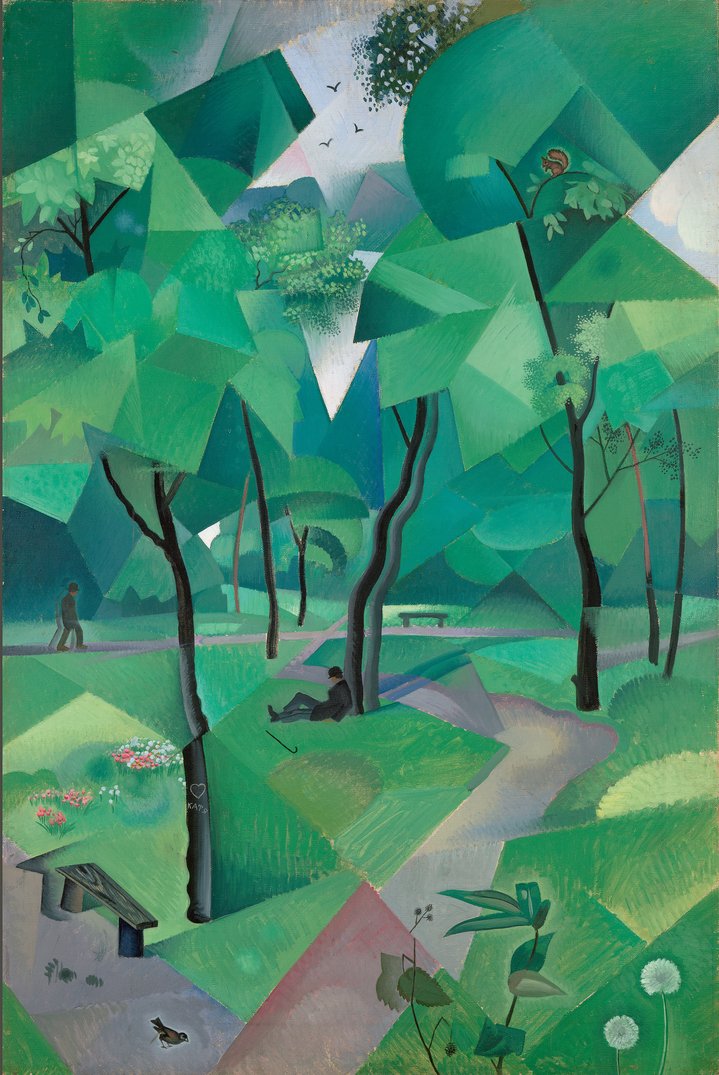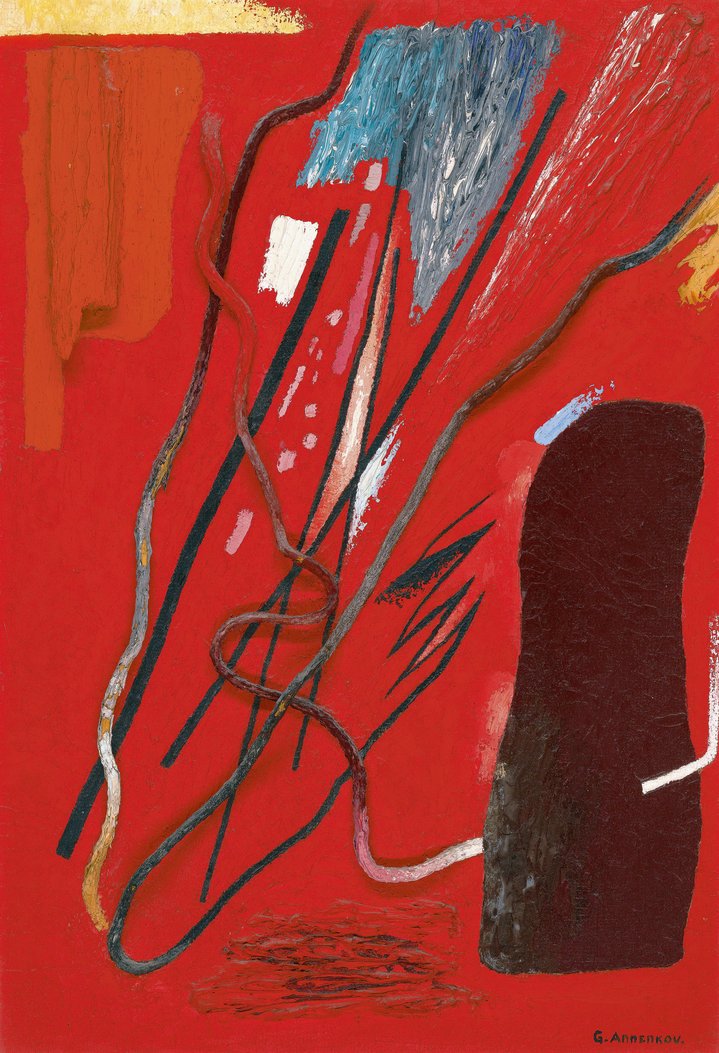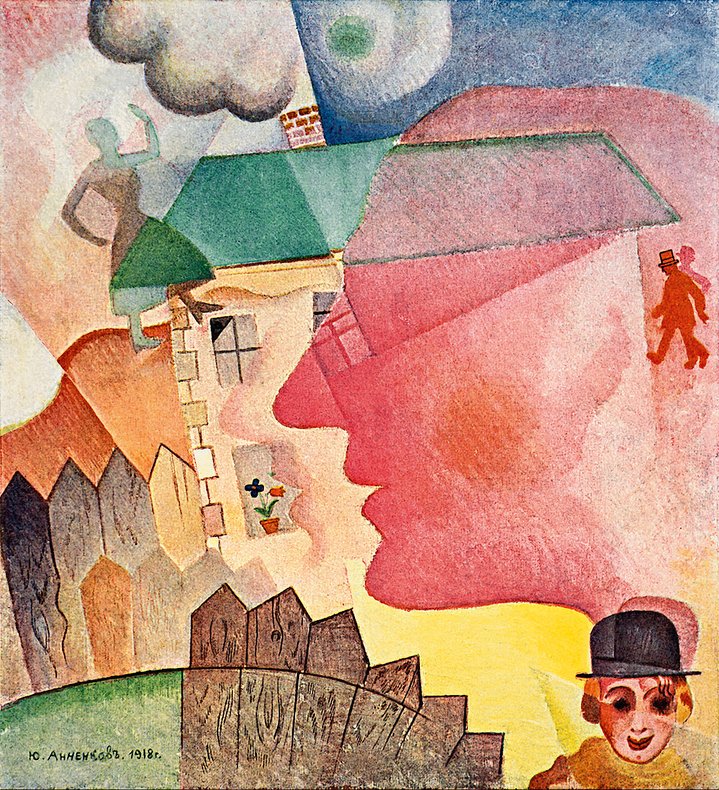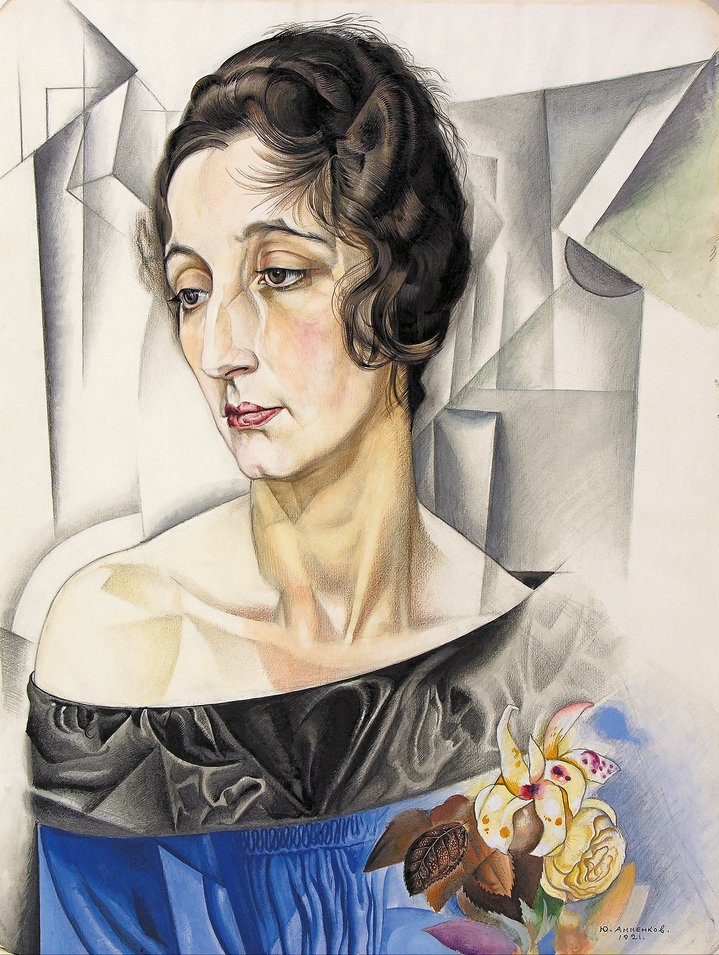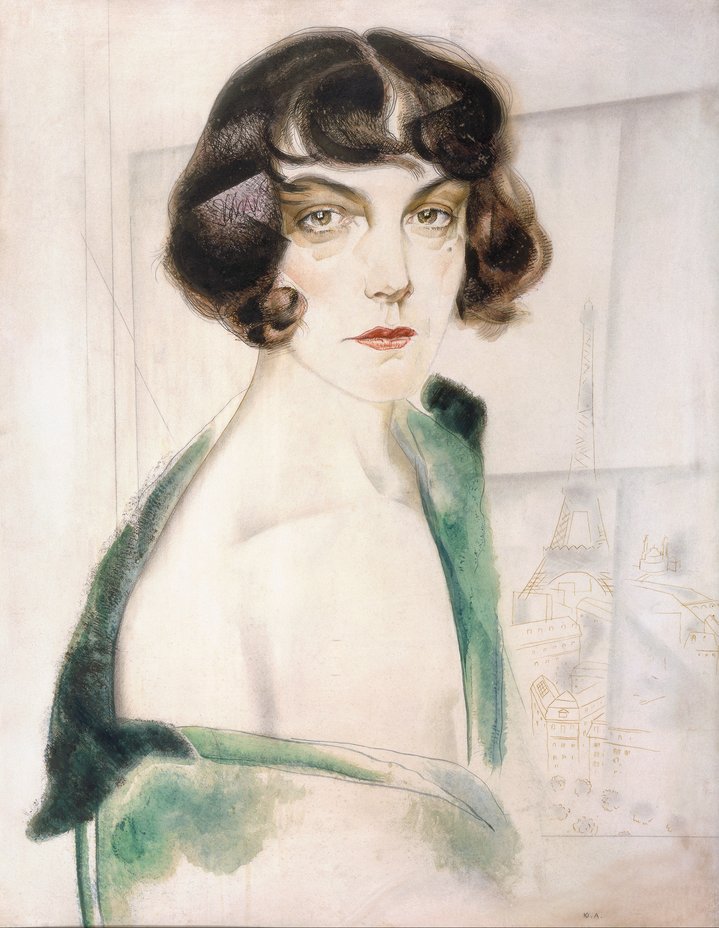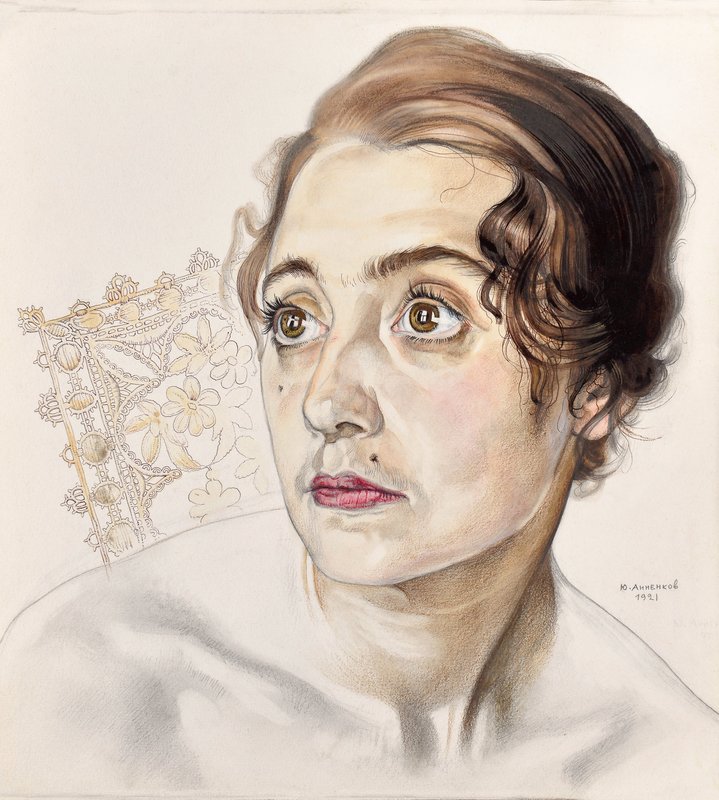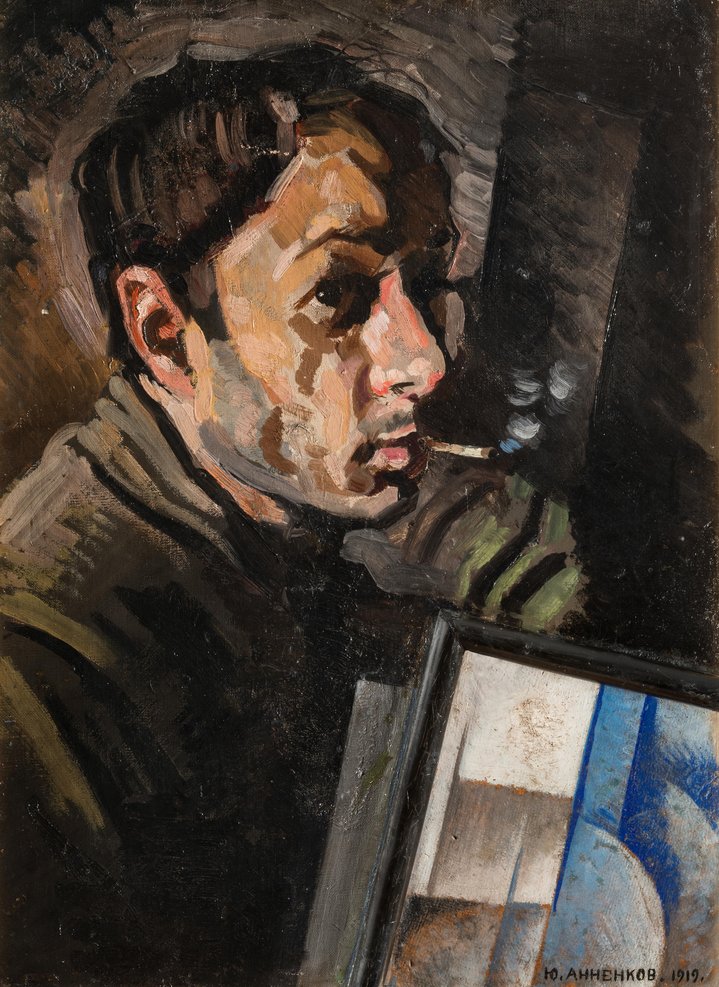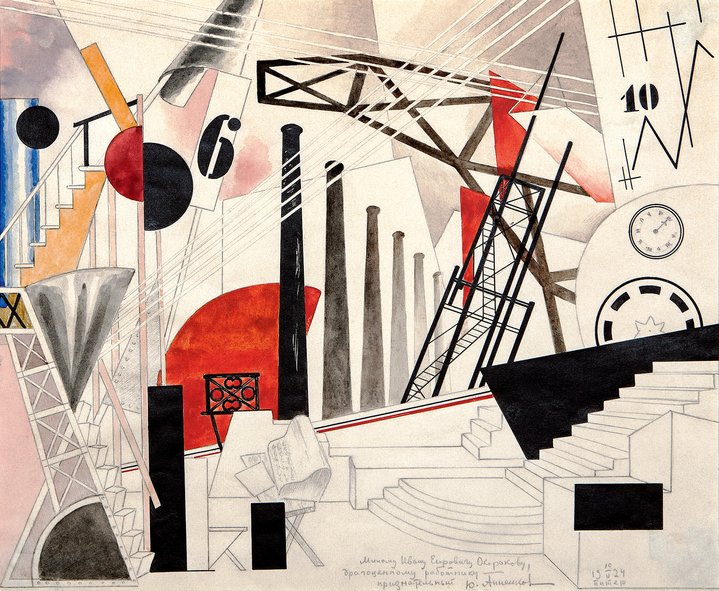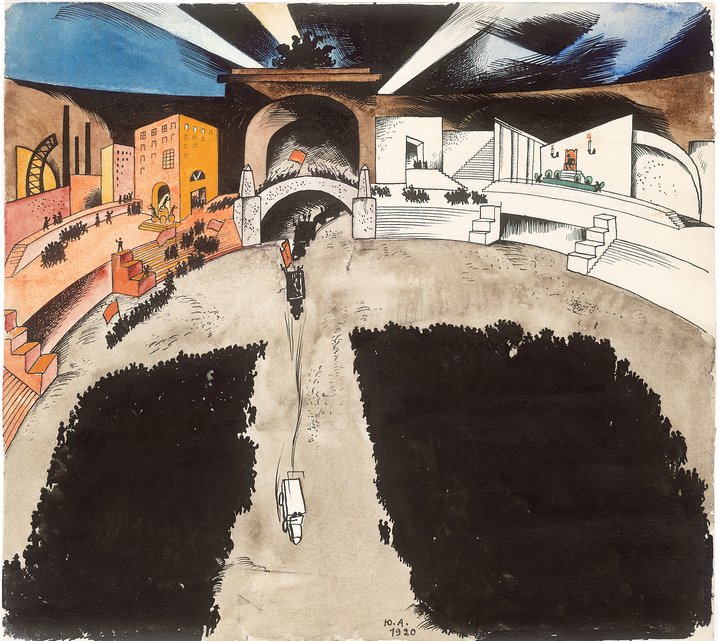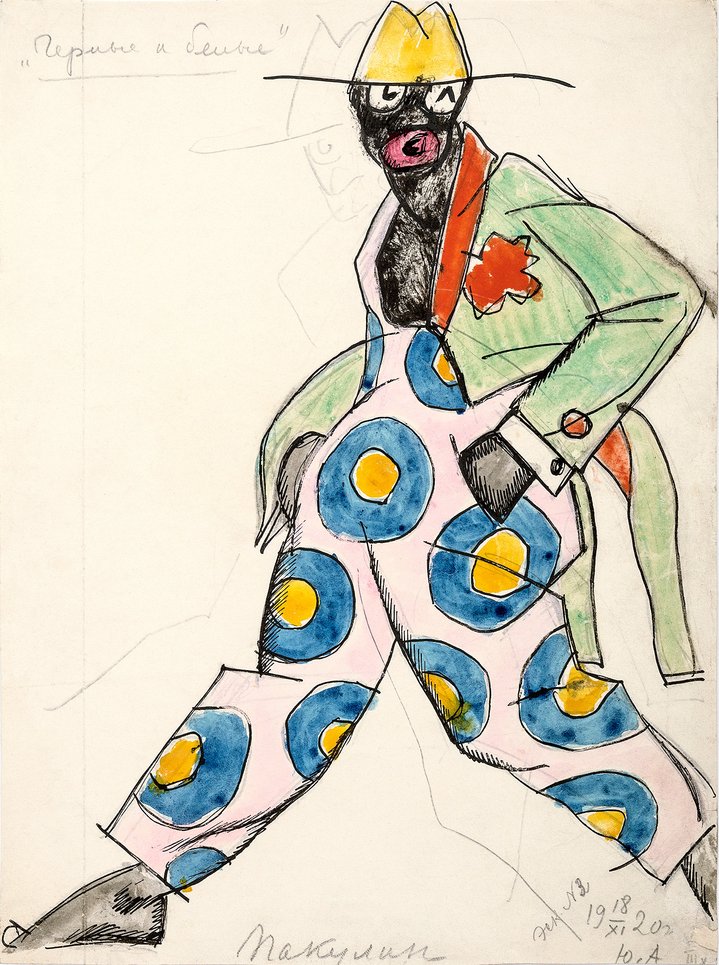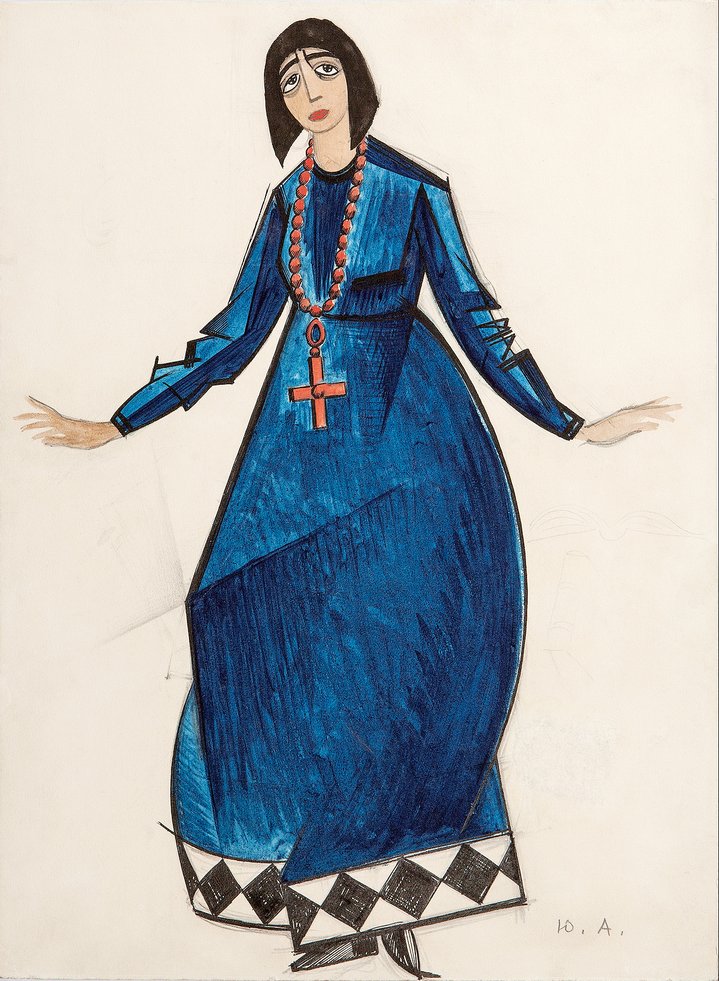Yuri Annenkov. Revolution behind the door.
The fervent Russian revolutionary who chose the safety of France after the death of Lenin.
Yury Annenkov’s artistic legacy is curious. His works are held in major collections, including the Pushkin Museum, the State Tretyakov Gallery and the Centre Pompidou, yet he has been the subject of few solo exhibitions since his death in Paris in 1974.
His performance at auctions is consistently impressive (in 2014, his portrait of the writer Alexander Tikhonov sold at Christie’s for over USD 6 million), yet he is far from being a household name, either in his homeland of Russia, or his adopted one, France. It’s unclear why this is. What is clear, however, is that those who are familiar with his work, are extremely devoted to it and, in some cases, prepared to part with millions to own it.
A new exhibition at Moscow’s Museum of Russian Impressionism, opening on the 13th of February, will challenge Annenkov’s uneven legacy and introduce his work to a wider audience. Bringing together 100 works, some of which have never been seen in Russia before, the exhibition will present Annenkov in his various guises: as portraitist, collagist, theatre designer and book illustrator. His oeuvre could be seen as a record of the political and artistic upheavals of twentieth-century Russia and France, but it is also resolutely distinctive.
Annenkov was born in 1889 in the Far East of Russia where his father had been sent into exile for his participation in the ‘People’s Will’ revolutionary group. Annenkov followed in his father’s rebellious footsteps: as a 16-year-old, now back in St. Petersburg, he published subversive anti-Tsarist cartoons in an underground students' magazine and was expelled from school for that. In 1909 Annenkov failed his entrance exams to Imperial Academy of Fine Arts and started to take private art lessons.
He moved to Paris instead and began working in the studios of Maurice Denis (1870-1949) and Félix Vallotton (1865-1925). Two of his paintings were exhibited at the 1913 Salon des Indépendants. Although this exhibition came at the peak of Cubism, with explosive works by Sonia and Robert Delaunay, Juan Gris and Fernand Léger, Annenkov’s entries were fairly traditional.
After his return to St. Petersburg later that year, Annenkov became more stylistically daring, experimenting with different mediums and with abstraction. He welcomed the Bolshevik Revolution in October 1917 with open arms and quickly put his art to the service of the nascent communist regime, creating the atmospheric monochrome illustrations for Alexander Blok’s revolutionary 1918 poem ‘The Twelve’, and designing the sets for Nikolai Evreinov’s 1920 mass spectacle commemorating the third anniversary of the storming of the Winter Palace.
In 1922, he produced a book of 34 portraits of the political, artistic and literary luminaries of the day, including Soviet leader Vladimir Lenin, the last prime minister of the Provisional Government Aleksandr Kerensky, as well as writer Maxim Gorky, poets Anna Akhmatova and Boris Pasternak and theatre director Vsevolod Meyerhold.
His portraits of Trotsky are particularly striking, both for their intensity and sheer quantity. In one, drawn in pencil, Trotsky glares out from the page, locking eyes with his viewers as though challenging them to stare back. His body is merely hinted at, so that the untouched swathes of white paper throw the detail on his chiselled Cubist face into relief.
Despite Annenkov’s clear infatuation with Trotsky, and Bolshevism more generally, in 1924, he chose not return from a business trip to Venice and eventually settled in Paris where he lived until his death half a century later under the Francophied Christian name of Georges.
In his self-imposed exile, Annenkov continued his artistic experiments, creating dozens of stage and film designs, book illustrations, paintings and works on paper in a range of styles, from quaint landscapes to semi-abstract nudes. It will be for visitors to the upcoming exhibition to judge whether this multifarious artist deserves a more robust place in the history of twentieth-century art.
Yuri Annenkov. Revolution behind the Door
Museum of Russian Impressionism
Moscow, Russia
13 February – 24 May 2020






